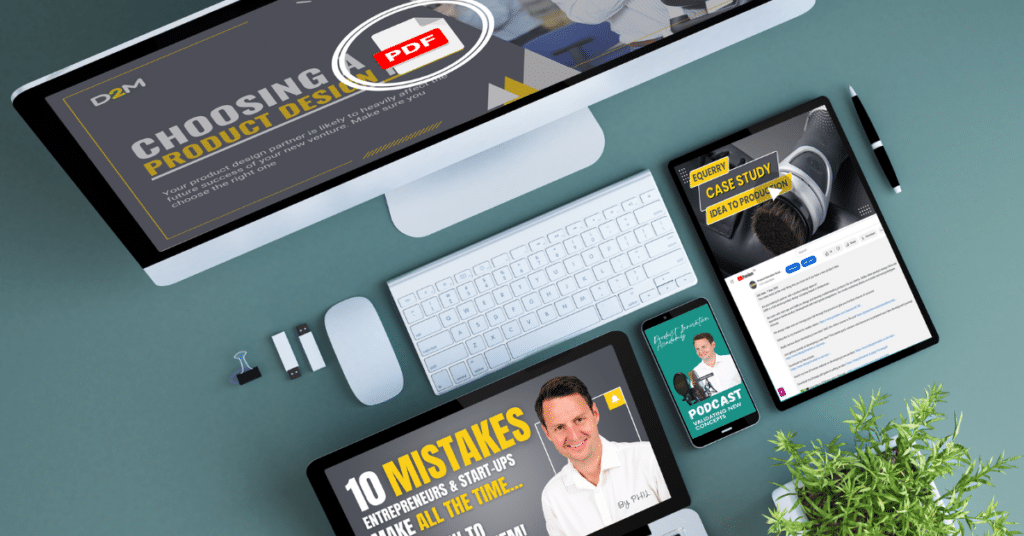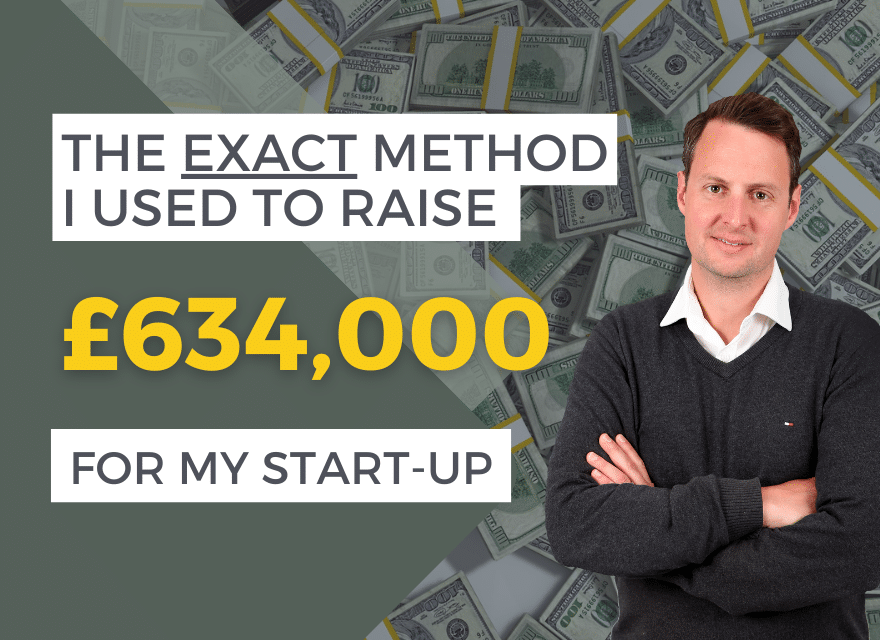The Exact Method I Used to Raise £634,675 to Develop and Launch my New Product
In this blog post, I’m going to share with you the exact method I used to raise nearly £635,000 in order to fund and launch my product. This figure might seem extraordinary, but it wasn’t a smooth process – there were lots of bumps along the way that I had to navigate! I will also share the single biggest mistake I made during my journey that you should avoid as it very nearly resulted in my start-up business failing.
I’ll take you through every step of my journey so that you can replicate it and achieve the same success. From how I get investors to drop their guard, to building a strong team, right down to how I created a staged investment plan; all of this will be covered. By following these steps and leveraging the power of technology, marketing and crowdfunding, you too can experience similar success when launching your own products or services.
Asking For Advice
When I was looking to launch my product, I knew that I would need to raise funds in order to make it a success. After doing some research and talking to various investors, I realized that the best way to get their attention was to ask for advice. So, I created an investor presentation that included all the information about my product and asked for 30 minutes of their time for feedback. What surprised me was the fact that investors were willing to drop their guard and offer advice without expecting anything in return.
The key lesson here is that when you are asking investors for advice, they are more likely to listen than if you’re asking them outright for money. This is because they don’t feel as if they have anything at risk and can be more open-minded about what you have to offer. Additionally, being able to demonstrate a thorough understanding of your target market and industry through your investor presentation will show potential investors that you are serious about making your business successful. By crafting a well thought out presentation with compelling data points and financial projections, you are essentially pitching while their guard is down – offering them an opportunity they may not otherwise be aware of or willing to pass up on. Ultimately this approach has worked out incredibly well for me as it allowed me access to resources I wouldn’t have had before and jumpstarted the growth of my product faster than I ever imagined possible.
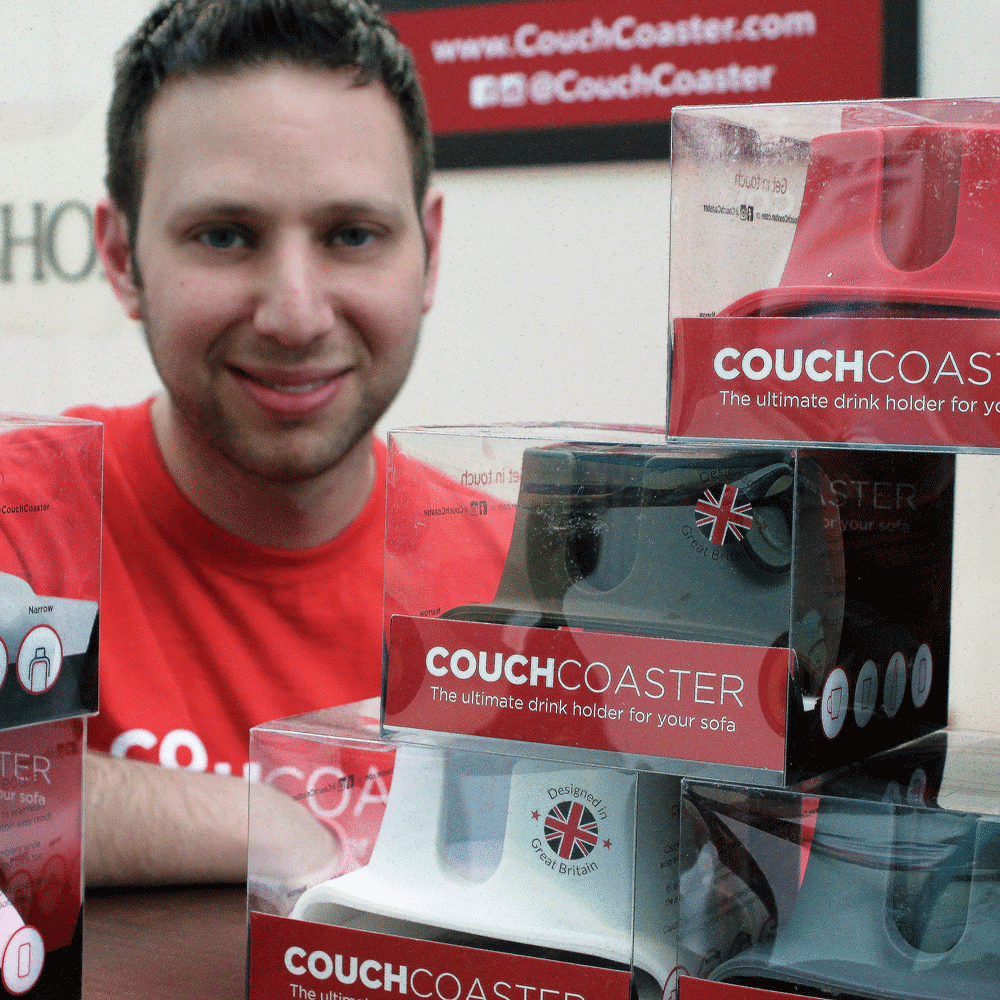
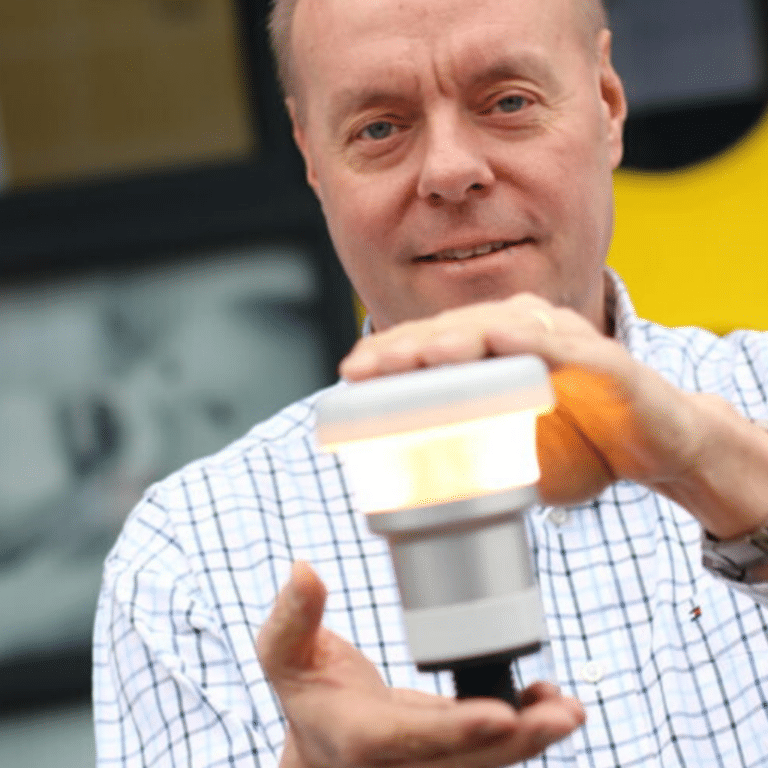
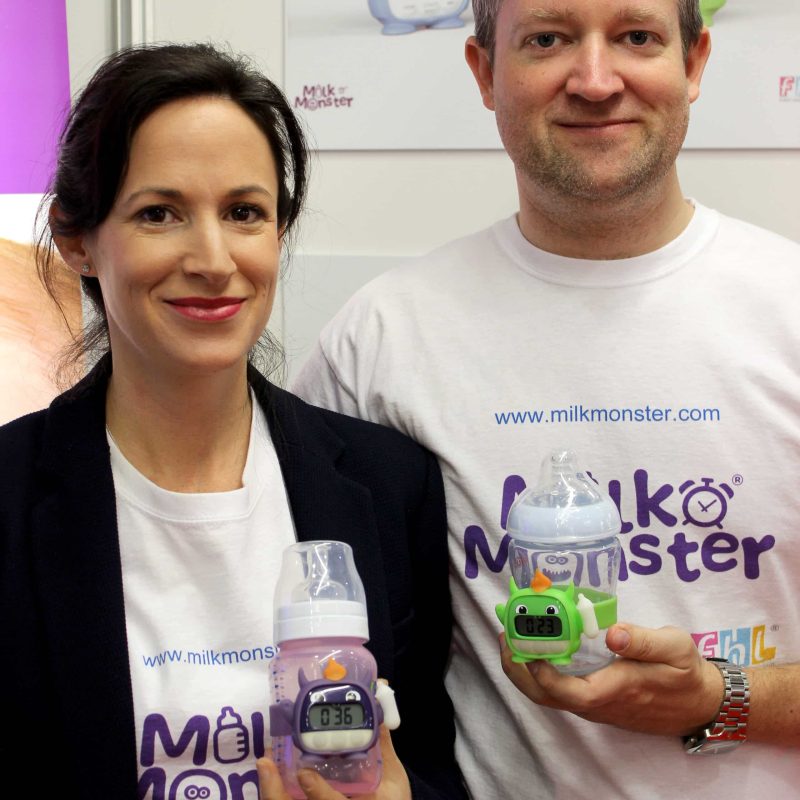

Feedback, Rewrite, Build, Repeat
After reworking my presentation based on the feedback I received, I started building a bigger list of potential investors. To do this, I spoke with everyone I knew who was financially capable to ask if they had ever invested in start-ups or knew anyone who did. Additionally, I conducted extensive research to identify local investor groups and business advice organisations such as Growth Hub. Whenever I was told ‘no’, I didn’t give up; instead, I asked for contacts of people in the same network who may have had knowledge about investors that would be interested in investing in a start-up. This process helped me to identify and connect with several potential investors who could offer guidance and financial support. In addition to collecting contact information from my own network, I also connected with knowledgeable colleagues and industry experts within my sector who were able to provide me with valuable insight into what venture capitalists look for when investing in a business. By learning the key criteria that these investors pay attention to and ensuring my pitch addressed all of them, I was able to make sure that I put my best foot forward when presenting my ideas, increasing my chances of success.
A Skilled Team
When putting together my leadership team, I carefully considered the varied sets of skills and experience each individual would bring to the table. I wanted to make sure that the business had experienced experts in all the major areas such as finance, sales and marketing. To do this, I looked for people who demonstrated a track record of succeeding in their respective fields, paired with a strong understanding of industry trends and regulations. Additionally, I sought out individuals with an entrepreneurial spirit and a drive to innovate; people who could help us stay ahead of competitors in our space.
I also considered diversity within my leadership team. People bring different perspectives to a team, allowing for more creative solutions and better collaboration overall. Having members from diverse backgrounds ensures that everyone is heard and respected, fostering an environment of trust and understanding.
The Numbers
I re-worked my pitch because all investors double the money you’re asking for, double the time it will take to make a profit and half the potential finance benefit to them. Knowing this was what they were doing in their heads, I revised the pitch and the plan to ensure that even when they did that, it was still a good investment. To do this, I used my knowledge of business and finance, as well as research on similar companies in the same industry, to create projections based on reasonable assumptions.
Building confidence
My next course of action was to run an investor presentation event at my commercial solicitors’ offices. It provided an ideal setting because it gave the presentation gravitas which can often be lacking in a start-up’s own office space. Additionally, having access to experienced lawyers and other professionals allows me to have a more informed discussion with potential investors. Before heading over for the presentation, I made sure that all of my slides included detailed facts and figures about my company and its projected growth. This information helped to paint a picture of the future success which reflected favourably upon potential investors. Furthermore, I used high semantic language so that potential investors felt confident in their decision-making process. By understanding my plan fully and having confidence in the future performance indicated by detailed research and figures allowed my team and I to gain greater trust from those invited to participate in the investor presentation.
Value Yourself
I had a great deal of personal investment in this venture and was willing to prove it to the potential investors. I showed them the amount of time, effort, and resources I had already invested into this project as well as my plan for continuing to do so going forward. This was an important way for me to demonstrate my commitment and dedication to the venture, which in turn gave the investors’ confidence that their money would be well-managed and used responsibly.
I was able to quantitatively show the amount of work that I’d put in so far by detailing all of the actions, decisions, and resources I’d leveraged up until that point. This included outlining the number of hours spent on research and development, specifying how much money had been allocated from my own funds, and even describing any other investments or partnerships I’d secured along the way. Additionally, I outlined a detailed plan on how I intended to continue investing my own time and money into this project moving forward to maximize our future success as a team.
By thoroughly laying out my commitment level and investment strategy at every step of this process, it helped provide assurance and security for the potential investors who would soon become involved in the project. My willingness to put so much time and money into what my team and I were doing demonstrated not just my enthusiasm but also showed that I was serious about creating something successful with their help.
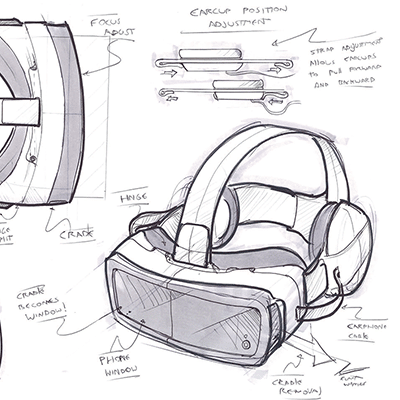


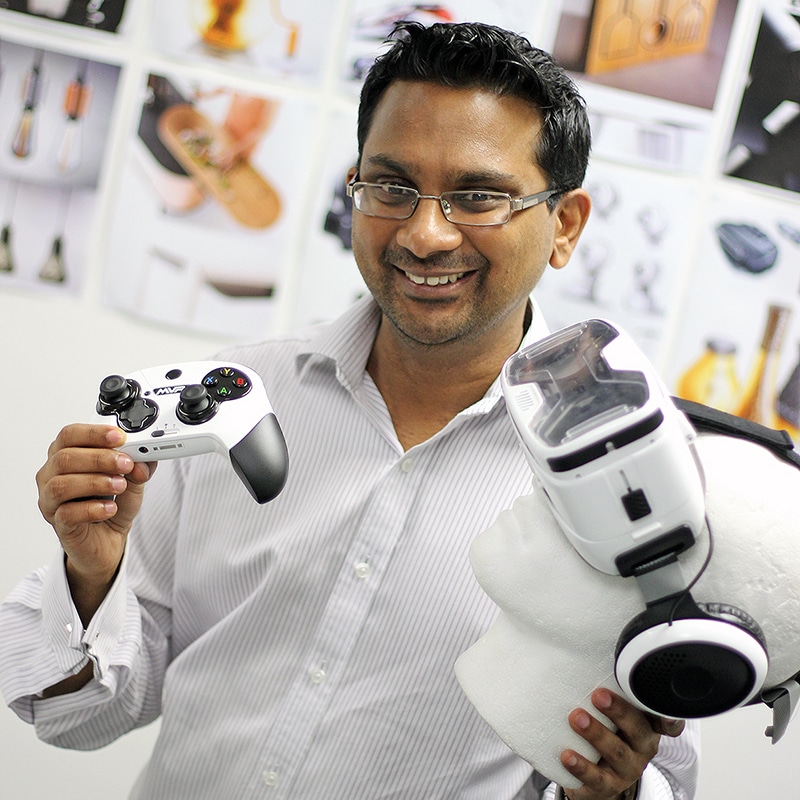
A Staged Investment Plan
I had developed a well-thought out staged investment plan for potential investors in the company. This plan included key deliverables that would help to increase the company’s overall valuation with each round of investment. To ensure that the plan was appealing to any investor who may be hesitant to commit, I split the total amount of investment into three distinct rounds, showing how the value of the company would increase between each round. By doing this, it helped to demonstrate the benefit of committing to earlier rounds and gave potential investors assurance that they would be getting a better deal by investing sooner rather than later.
To make sure my investment plan was as effective as possible, I took great care to include all relevant information and present it in an easy-to-understand and visually appealing format. This included a detailed breakdown of how much money each round required and what benefits they could expect in return should they decide to invest at that stage. In addition, I also provided real-life examples of similar investments with successful outcomes so they could see how their money would work in practice should they choose to invest.
Overall, my investment plan was designed to make sure potential investors felt as informed and secure as possible when making their decision; demonstrating that by investing early on in the project, they would receive more significant rewards than those who decided not to take part until later rounds. By providing them with such information, I was confident that my staged investment plan was robust enough for even the most hesitant investor.
Getting The First Investor, Or Three…
I had done my homework and was armed with facts, figures, and a well-crafted argument to back up the valuation of my project. I confidently presented the reasons why I felt the project should be valued as proposed, highlighting its potential for growth and profitability as well as its current strengths. Doing so allowed me to justify the higher valuation and gain traction from investors who could see the value in what I was offering. In order to encourage investment more quickly, I offered the first three investors a discount on their investments, knowing that it would be much easier to persuade other investors on board if there were already some funds invested into the project. As an added bonus, having a few initial investors on board created an air of legitimacy around the project that made later investors even more confident in their decision making process.
Creating FOMO
I set end dates on each round of investment opportunities to encourage investors to make decisions quickly, and I also put a cap on the maximum amount of capital that could be invested. This created a sense of urgency around the investment opportunity and increased the chances of a successful outcome. Additionally, it helped to generate an air of excitement and anticipation by fostering a ‘fear-of-missing-out’ mentality: investors were encouraged to move quickly or they risked losing out on what was sure to be an incredibly lucrative venture.
Many more areas of focus will become apparent as you progress, but in short, a new business demands a lot of work and it’s difficult to strike gold in every area when you are overstretched. Plus, you won’t (yet) have the budget to employ experts, ‘senior’ staff, and executive employees, and will need to build from scratch with junior staffing.
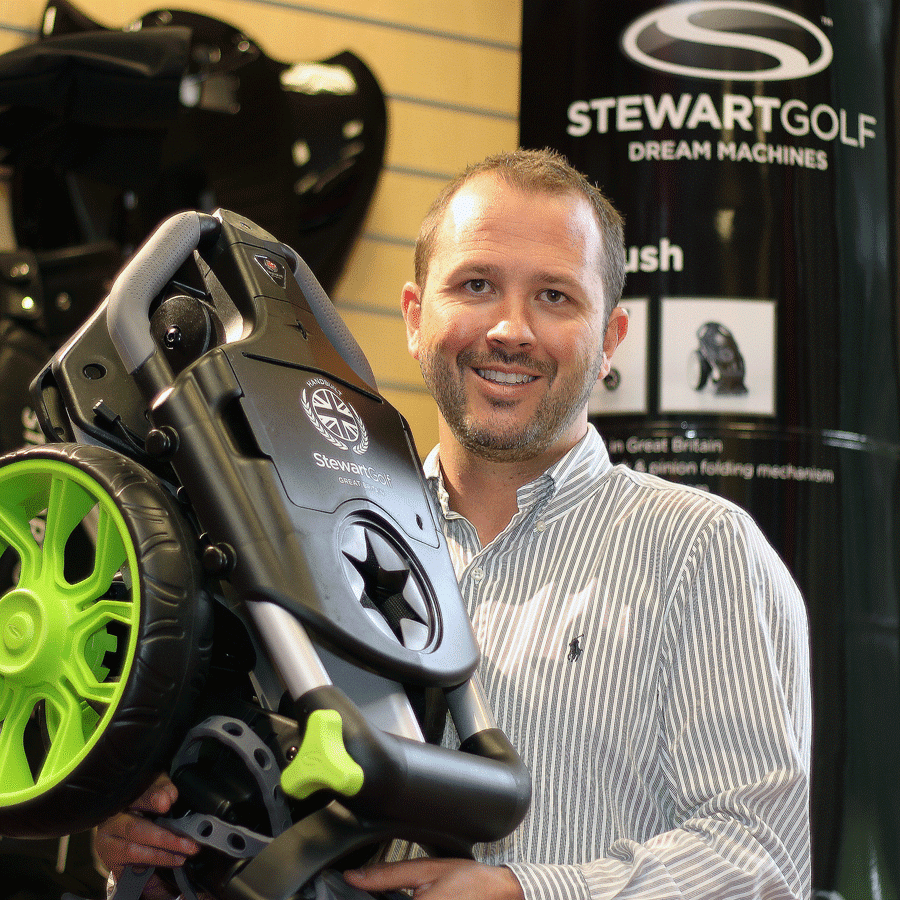



Communication is Key
I made sure to keep investors in round 1 updated on all aspects of the company’s progress and activity, making sure communication was open, honest and comprehensive. This was aimed at building trust and demonstrating that I was following through on my promises in order to encourage them to invest further in future rounds. Whenever I proposed any changes or modifications, I always took the time to explain why and provide evidence for it. In some more complex cases, I even sought feedback from investors before committing to a decision. By being transparent and responsive with our communication my team and I were able to instil confidence in our stakeholders and ensure that their decision to invest was an informed one.
My Biggest Mistake
The mistake I made when raising investment was to take £160,000 in loan capital. While this may seem like a good initial source of funds, it can be quite detrimental to any business due to the interest payments which can be quite substantial and will likely eat away at the budget. This issue is further complicated by the fact that future investors will want their money going towards growth and development rather than paying off debt, making raising further funds harder.
In addition, even if a business is able to secure additional funding from other investors or venture capitalists, they may require far more equity if the start-up has debts or in order to be comfortable with the risk. You see, if the company ends up bankrupt, the creditors who lent the business money get funds back first from the sale of any assets before investors who bought equity.
In many cases, the level of equity required for later stage investors in this scenario, could leave the original founders with a much smaller portion of their own company than they originally anticipated. See this video for more to this topic.
In Conclusion
As you can see, developing and launching a product is no easy feat. It requires tremendous dedication, focus, and research to ensure that you are able to raise the funds needed for success. Through the steps outlined in this post, I was able to successfully raise over £634,675 for my product launch. By properly understanding your target market, investing in marketing efforts, honing in on your business model and creating a compelling pitch deck, you too can raise the finances needed to develop and launch your own product. However, I would suggest doing plenty of research before diving in head-first as there are many facets of development and launch that could be missed if not given due consideration. With careful planning, dedication and focus – you can achieve success with your own product launch!
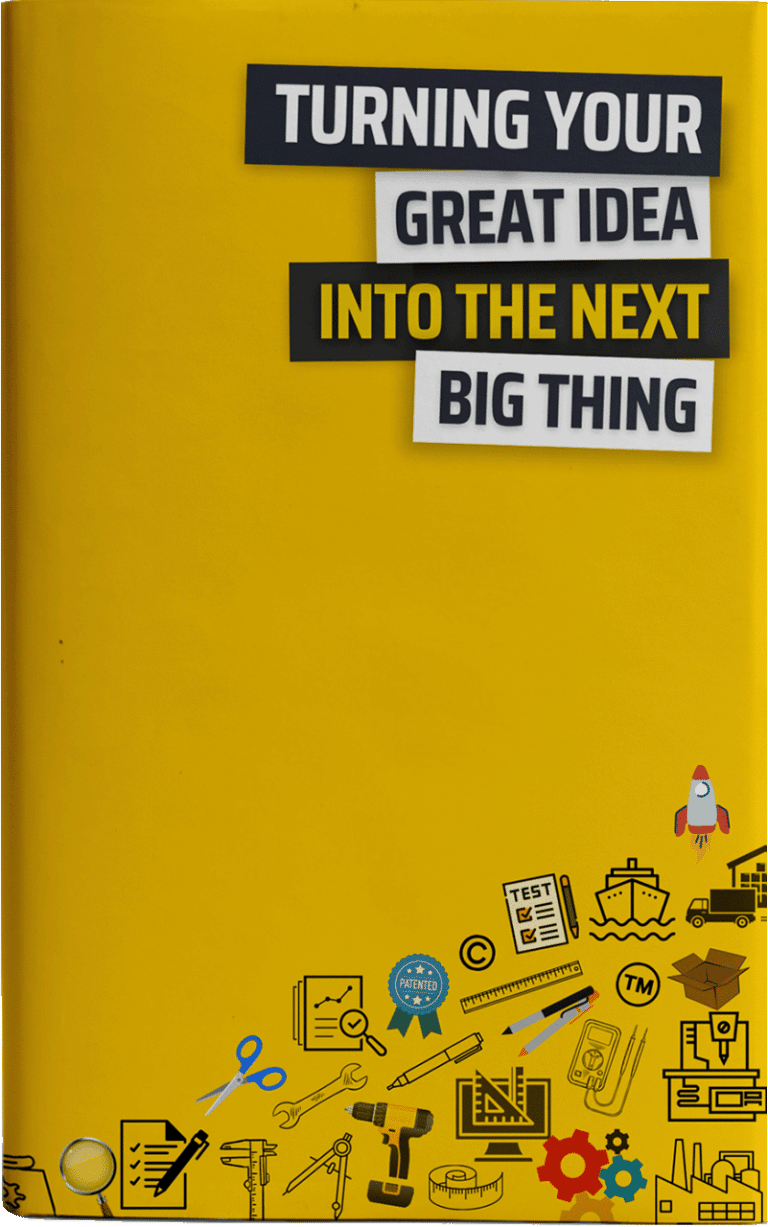
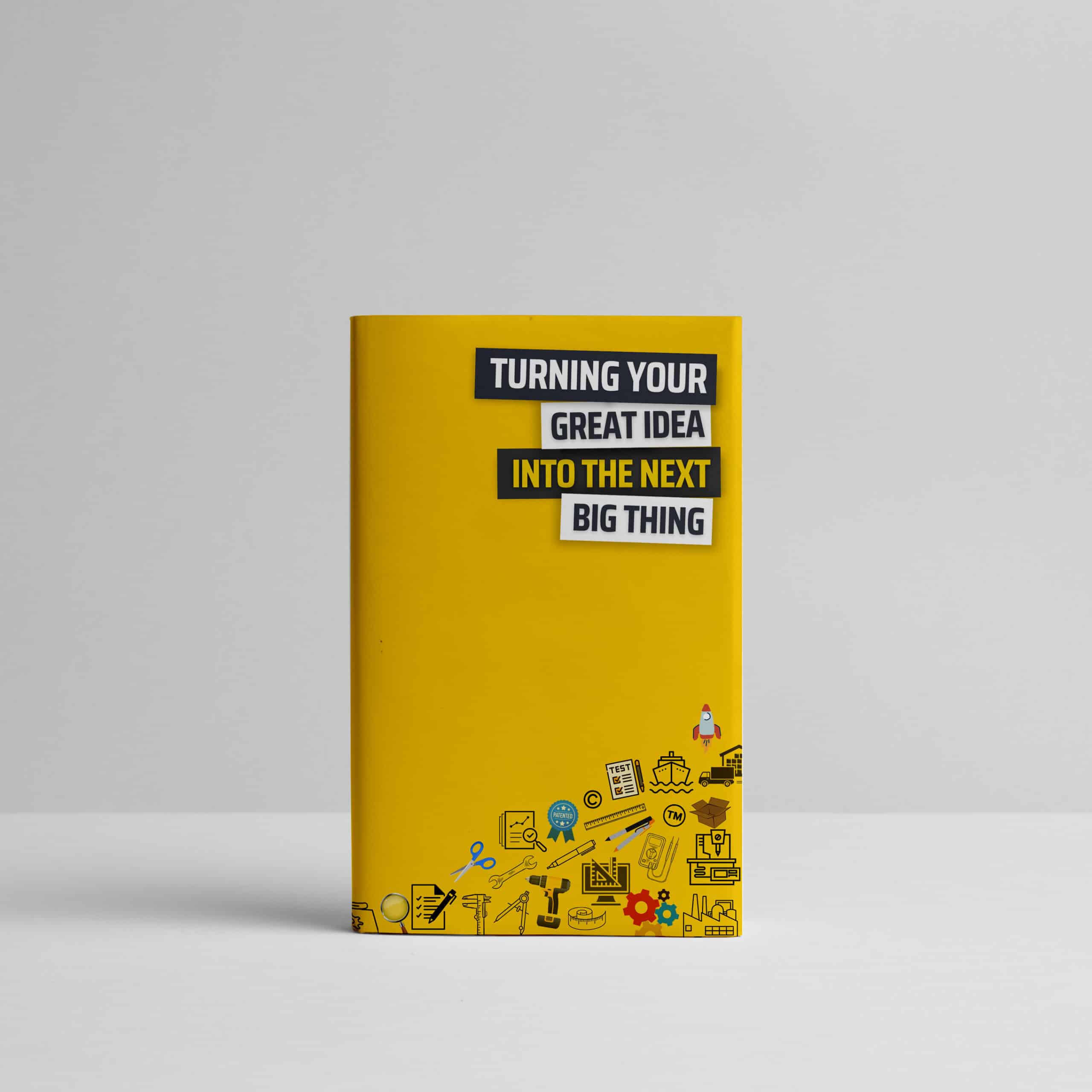
Serious about developing a product?
Having worked with hundreds of Start-Ups and SMEs we’ve learned a thing or so about getting a project off to the right start.
Don’t miss out on this invaluable guide to turning your idea into the next big thing!
